|
Personal space, active listening, working with others, sharing, taking turns, making friends, being kind and so on. When it comes to teaching kids social skills and Social and Emotional Learning (SEL) lessons, it is hard to know where to start. There are so many different skills to teach.
What is SEL and why is it important?
SEL (Social and Emotional Learning) is about getting kids to feel safe in their own skin and make sure they are taking care of themselves emotionally, too. It’s also about teaching them the importance of personal space, active listening, sharing, working with others and taking turns, just to mention a few things.
SEL is an important way to help young children develop important skills and live happy, healthy lives. Teaching SEL skills sets the foundation for understanding social norms. What does SEL look like in practice?
SEL in practice can look different in various classrooms, but here are some examples:
- kids are taking turns nicely when they are playing together - kids are demonstrating empathy when they see someone is sad - kids are sitting comfortably apart from one another during group time - kids are actively listening when talking with someone by responding and reflecting back what they said - kids are collaborating with others - kids are sharing experiences and materials How do we teach SEL?
Learning SEL skills such as personal space, active listening, working with others, sharing and taking turns can be challenging for young children. With thoughtful instruction using engaging stories or examples of what it looks like and feels like, teachers can help show young learners how to interact with respect and kindness.
It's important to explain what these concepts look like and feel like for young children so that they can understand the expectations. For example, when showing them what active listening looks like, generally focus on three main ideas: making eye contact, nodding and smiling during conversation, and paraphrasing back what was heard. Through role play, you can show children the proper distance they should keep when talking with friends and how standing closer than this would make the other person feel uncomfortable. Young learners often thrive from collaboration when paired up with a partner for pair-share activities that help build communication skills like sharing ideas and taking turns talking. What if SEL doesn't seem to be working?
Sometimes SEL doesn't always work out as expected or desired. There can be a variety of scenarios that need more guidance and redirection. For example:
- one student doesn't follow directions - a child is having a difficult day - there's too much squabbling over toys or hogging the game board - two children are arguing or have different ideas about how to process a task together - two students are struggling over a shared toy or not cooperating together When SEL isn't working among the kids in your classroom, it's important to remain positive and offer some guidance. For example, reinforcing positive behavior when SEL techniques are used successfully or explaining concepts again until everyone understands. Simple redirection tactics such as calmly asking questions can also be a great way to guide playful conversations towards more positive behaviours. It is important to refocus the energy into talking about possible solutions. Encouraging discussion around topics such as what each person wants, why respectful boundaries are important, coming up with compromises, or enabling imagination through hypothetical situations can help teach children these essential SEL skills in a safe and caring environment. It can also be helpful to check in with each student individually and work towards understanding what their needs are - if they need more tools like visuals or if they already know the skills but need encouragement or support in using those tools consistently.
Through thoughtful guidance and clear examples of what these concepts look like and feel like in a practical setting, it is possible to foster an environment in which SEL becomes an integrated part of the day-to-day experience. Whether it be helping a child understand how being mindful of personal space boundaries feels safer for all or developing communication strategies so everyone has the opportunity to share their ideas and take turns without conflict, effective SEL can lay the foundation for productive learning environments. It's not always easy but we certainly can make SEL work for us.
It's all about making SEL fun while still emphasizing its life-long importance! It takes consistent practice and patience, but SEL makes all the difference when building positive relationships in our classrooms!
With SEL activities embedded in the routine, young kids can develop invaluable skills for interpersonal relationships throughout their lives. Ultimately SEL helps foster a sense of community, respect for others, and self-confidence within a classroom setting.
This is a social story for young kids that helps explain several positive behaviors. Sign up for my newsletter and get a free copy of this positive behaviors social story now.
For free resources, tips, and ideas, sign up for my newsletter.
Related Posts
0 Comments
Have you ever felt like the tattling would never stop? Young children feel the need to tell about everything. "Johnny budged in front of me". "Susan was looking at Matthew's work." Nancy brought candy to school." It goes on and on. Teaching young children the difference between tattling and telling is an important skill that all kids need to learn. Is it tattling or telling?What does tattling look like? Well, it looks like fingering a classmate for taking something without permission, talking during quiet work time, sneaking food or toys into the classroom or purposely disturbing another student's work. It is natural for young children to blurt out any information they have, but when it comes to true cases of tattling they are often just trying to get someone in trouble. This can be tricky to catch, as some young kids may not understand the difference right away. Telling often feels different than tattling; it has a purpose and urgency to it. It often means that someone needs help or there is a safety issue. For example: if you saw a classmate getting physically hurt or being scared or teased by someone else, that would be considered telling. Here is an anchor chart that may help your kids to decide if an incident needs to be told or not. Teaching young children the difference between telling and tattling is a very important SEL skill to master. To do this, children need to understand what it looks and feels like in real world examples. Telling could be letting an adult know that someone has fallen off the playground equipment, while tattling would be informing an adult that someone has pushed them in line. Being able to recognize the difference will help a child know when it is appropriate to report something and when it’s not necessary. This can empower them to make good choices. As teachers, we need to take the time to provide scenarios for young students to practice and role play through these situations as well as have conversations about why specific scenarios are either an example of telling or tattling. Although it may be exhausting at times to deal with tattling, you need to be able to calmly encourage them to try to solve things themselves. Asking questions like "Is someone hurt?" "Is this a safety issue?" "Is someone in danger?" may help them to stop and think before they come to get help. If they do come to you, the best thing you can do is keep relaxed and calm with your responses so that they learn to trust you as an ally and friend. It is important for kids to know that they can rely on you when it is necessary to get help. Related PostsFeeling anxious, overwhelmed or out of control can be a common experience for many kids at school. To move beyond simply managing anxiety, it is critical to equip our students with coping skills, such as calming strategies that work in the classroom. The increase in anxiety and poor mental health with children has caused us to relook at how we can develop positive self esteem and skills to regulate emotions and behaviors. Social Emotional Learning (SEL) has become a focus in many classrooms recently as a means to provide skills for kids to improve mental health and emotional well-being. As teachers, we must take it upon ourselves to provide calming strategies so that our students can find their inner peace again. Luckily there are SEL strategies that teachers can implement in their classrooms to help students develop lifelong tools for managing stress, regulating emotions, and leading a balanced life. Learning about self-regulation and calming techniques is only a small part of SEL. There are many other aspects to discuss as well, but these will need to be further explored in a later post. Today I would like to focus on helping kids to deal with their emotions by using self-regulation strategies. There are many different calming strategies that can be used, but not all of them work for every child. If we teach a variety of different strategies, each child will have several techniques that they can try. In time, they will know what works well and what doesn't and they will be able to create their own toolkit of strategies. There are many different ways to help a child calm down when he is upset, anxious, or otherwise unregulated, but in order to help him long term, it is important to actually teach him strategies rather than just grab one for him to try in reaction to the unregulated behavior. Every child is unique, so there isn't a one size fits all answer. It is important to explore several different options and find out which ones work best for each person. Here are some examples of calming strategies that might work. Whole Class ActivitiesOne effective way to help kids with regulating and focusing, is to add calming and mindfulness activities into the school day. For example, starting out with a mindfulness circle in the morning and doing some deep breathing and stretching could help prepare everyone for the work ahead. Visualization and focusing on a peaceful or happy place can also work wonders to help alleviate feelings of stress and worry. Taking breaks for stretching and movement are important throughout the day. Body breaks and brain breaks allow kids to de-stress for a short time and prepare their minds for more work. Just like we need to take breaks throughout the day from working, so do kids. Individual calming strategiesSet up a calming corner in an area of the classroom where kids can go when they need a quiet space by themselves to regroup and self-regulate. You might have a few different things in there to help with the refocusing. Maybe you could add some pillows, blankets, stuffed animals, glitter jars, fidgets, books, or other small items that may be comforting. Have an area where music is available with headphones and a comfortable place to sit. Music is often very soothing and can help with relaxing and calming the spirit. Drawing and coloring also work well. Movement is sometimes necessary in order to self-regulate when upset. Try jumping jacks, skipping, going for a walk, delivering a message to another room, or even just pushing against a wall as ways to use physical activities to release the anxiety or upset feelings. Breathing exercises or counting also help for some people. The goal is not only to reduce anxiety during times of distress, but also to enable our students to become familiar with calming strategies they can apply outside of the classroom. When it comes to SEL, teachers have a toolbox full of calming strategies to choose from - so don't hesitate to use them and help kids develop their own toolboxes! Here are some posters that might be helpful for your students. They are available for free for my newsletter subscribers. Click here to get your copy. If you are already a subscriber, you can find them on my Followers Free Resources page. I hope these tips help with dealing with some of the anxiety that is prevalent in our schools today. Next time I will focus on another aspect of SEL. Related Posts Does the following sound like something you might say? "I want to do guided reading, but I teach French. How can I make it work with kids that have limited French language skills and who are afraid to speak? " I know it can be more difficult with a second language, but it is possible to make it work successfully. Benefits of guided readingFirst of all, you need to understand why guided reading is something to consider. In most classrooms, kids learn at different speeds and they have different levels of comprehension and language skills. Teaching to the whole class at once doesn't always meet the needs of every student. Working in smaller groups helps with targeting information that is needed to develop language skills and comprehension and this helps build up confidence. Each group can work on material that's appropriate for their skill level. It works for those who need extra support, those who are doing okay, and those who need enrichment and a challenge. Those that need more support are able to get it in a safer environment. They will take more risks if they feel encouraged and less intimidated. This will help them to build confidence and be successful. Guided reading and FrenchWhen it comes to teaching FSL with guided reading groups or center activities, the challenge can be greater because of limited understanding of the language. However, guided reading groups can give French beginners the chance to engage with the language in meaningful ways and practice their new skills. They also gain exposure to French in a supportive environment. Although I don't have a lot of experience with using guided reading in French Immersion, I can tell you that when I was volunteering in a Grade 1/2 French Immersion class, the small groups that I worked with behaved in a similar manner to those guided reading groups I had in my English classroom. If you choose to do guided reading, it's important to make sure that you have centers set up with appropriate activities and materials for the groups that are not getting direct instruction. At any guided reading center or station, it's important that all participants are given the opportunity to practice their French whether they are working independently or with a partner. There are definitely challenges to running a guided reading program in early French Immersion classes due to the language skills needed, but it is doable once they have some basic skills. Later on in first grade or in second grade, most students should have enough language skills to handle independent activities at centers if they are taught how to use the different materials and activities. Extra adult support would be helpful so that multiple stations could be used. If not, you may need to work with any group receiving direct reading instruction while the rest of the class is working on one or two different activities. Center ideas and activitiesif you are able to run multiple centers there are many different activities that you can try. Here are 4 different types of centers that you could consider along with possible activities that can be done at them. Vocabulary center- alphabetizing exercises where words must be sorted into alphabetical order; - matching word cards with images - flashcards games - word bingo - sorting task cards by sound or rhyme Sentence building and words center- Sentence building and word games - word searches - crosswords - sentence building using word wall or word banks - sentence scrambles - silly sentences Listening and recording center- listening to French songs - recording stories read - reciting a poem in French - engaging in audio reading where they can listen to a story and respond to questions afterward. Writing center- creative writing assignments in French that focus on feelings and emotions; - responding to text-related questions to build on comprehension skills - French comprehension worksheets - filling out simple dialogues with pictures to teach common words and phrases - making storyboards - sequencing images to create stories Other activities to develop French language skills- role playing skits - partner reading where students help one another with words they don't understand, - creating a story together with a partner using select vocabulary words - using both auditory and visual clues while giving directions in French - comprehension quizzes on text that they have read Directed reading group ideasTo help ensure beginning students become proficient French speakers, there are several easy-to-implement French activities that can be applied to your directed guided reading groups. Examples include dictation exercises, introducing stories in chunks and practicing context specific vocabulary; practising letter recognition, phonemic awareness and word building activities; drawing story maps to help narrate the plot; playing dramatic storytelling games or roleplaying French dialogues. French Language ResourcesHere are some French language resources that I created and used in the classroom while volunteering. They may be helpful as you set up different activities and centers for your class. Themed vocabulary word match activities vocabulary task cards emergent readers escape room activity word games and activities Using guided reading and centers in French classes can be challenging, but it can also be very rewarding. By using creative tips and tricks to engage your students in their learning environment, they are sure to see progress. Here is a new French resource that you could use for vocabulary work or sentence building. It has 81 high frequency French words with the English translations so it can be used for a variety of different activities. Related Posts |
About Me Charlene Sequeira
I am a wife, mother of 4, grandmother of 9, and a retired primary and music teacher. I love working with kids and continue to volunteer at school and teach ukulele. Categories
All
|
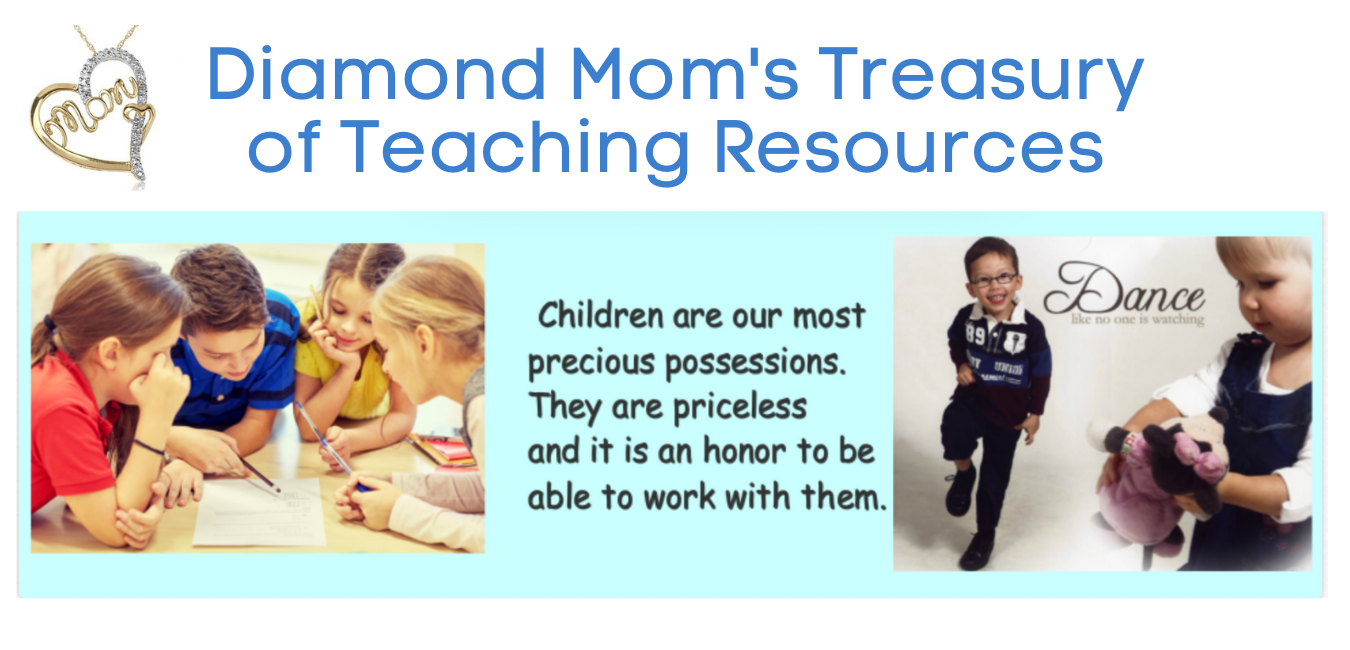
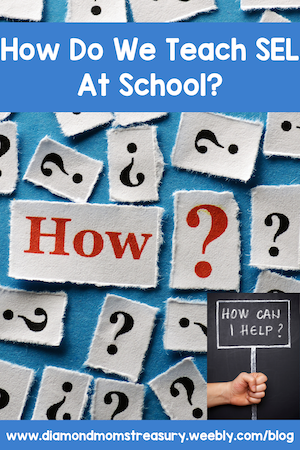
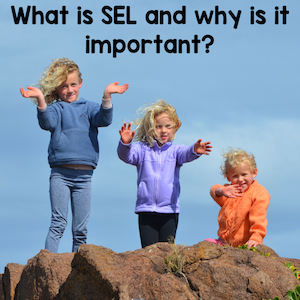
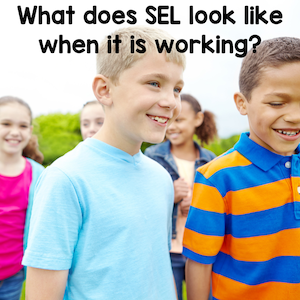
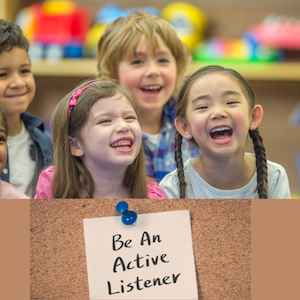
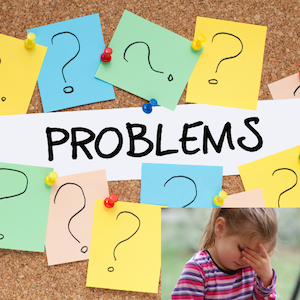
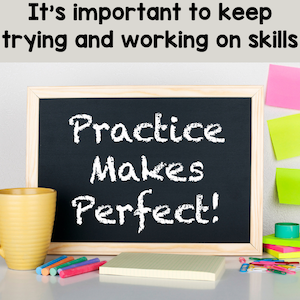
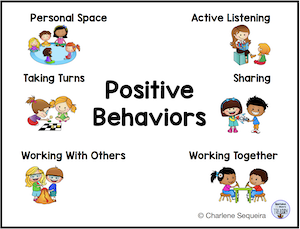
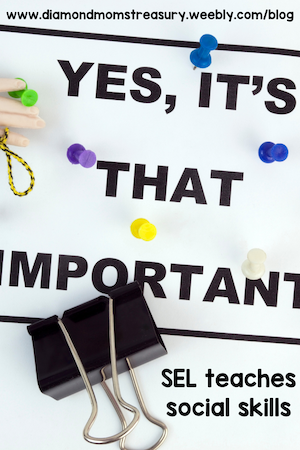

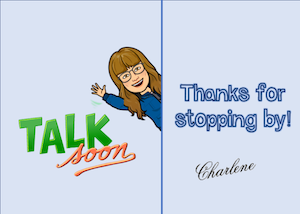
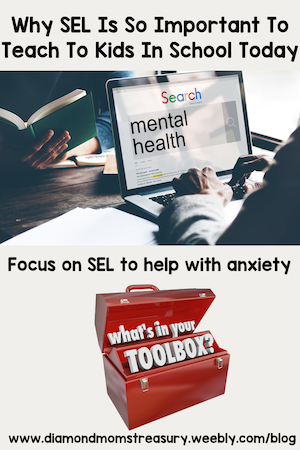
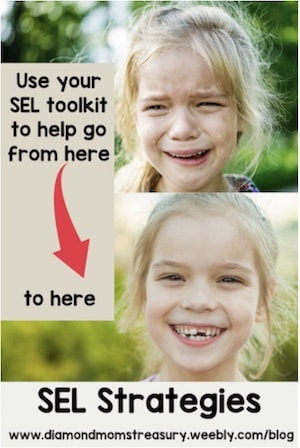
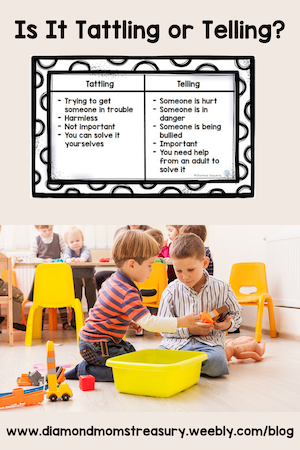
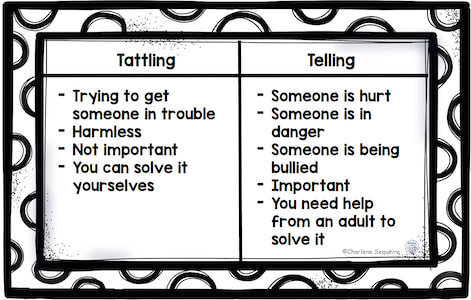
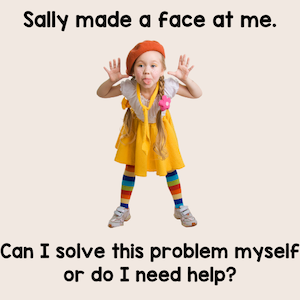
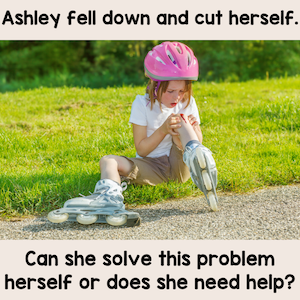
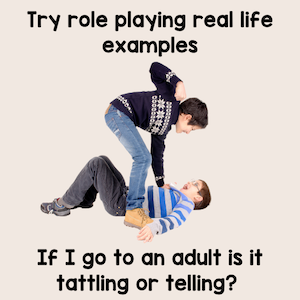
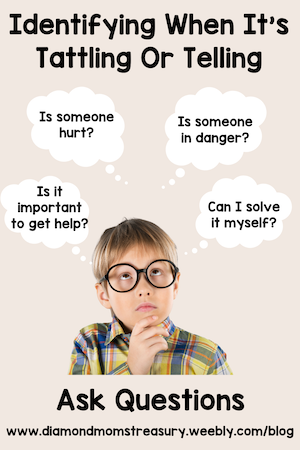

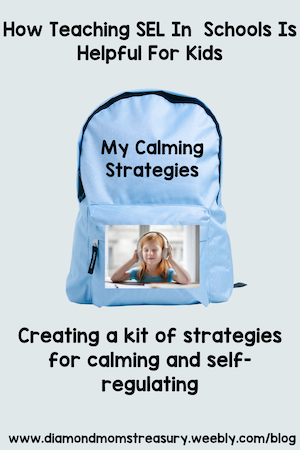
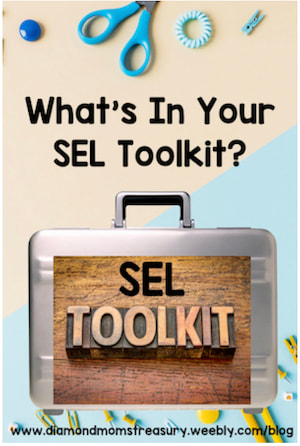
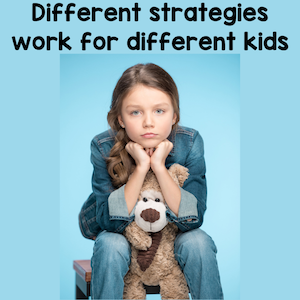
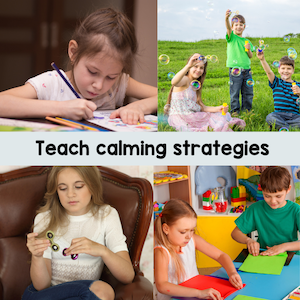
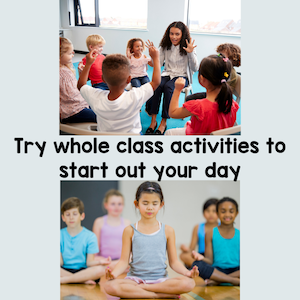
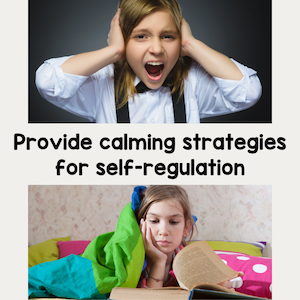
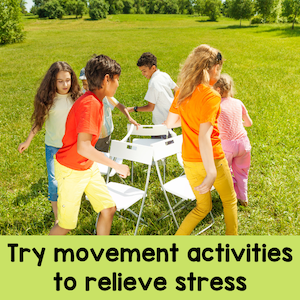
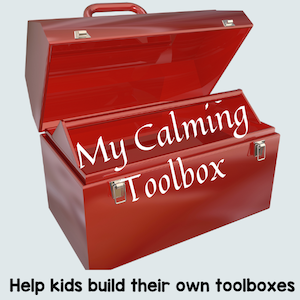
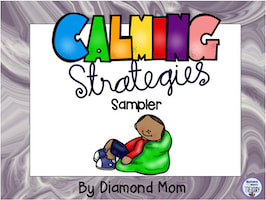

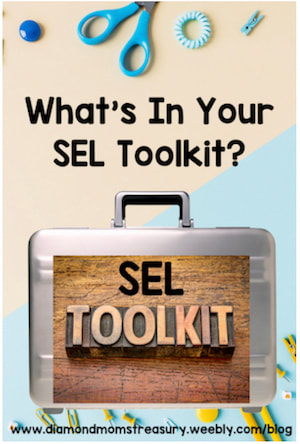
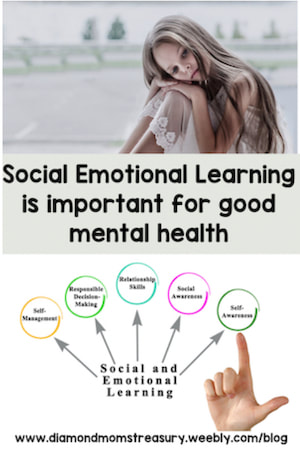

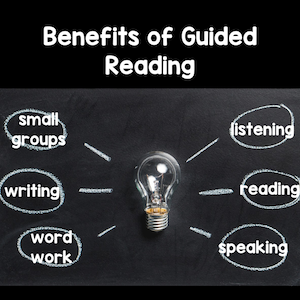
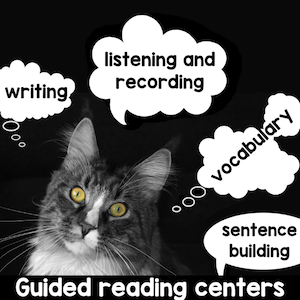
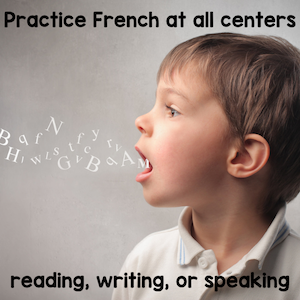
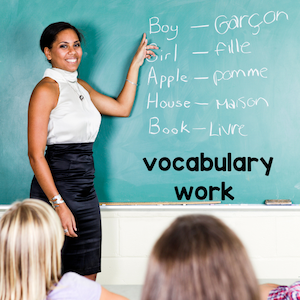
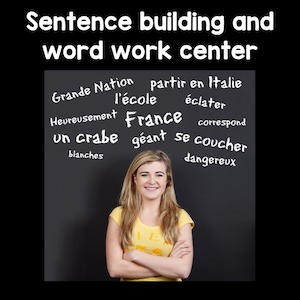
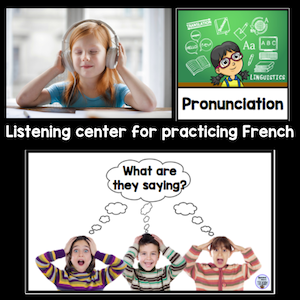
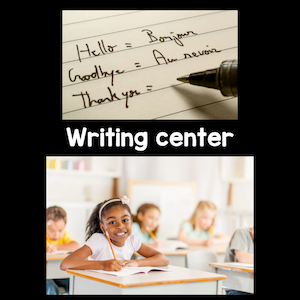
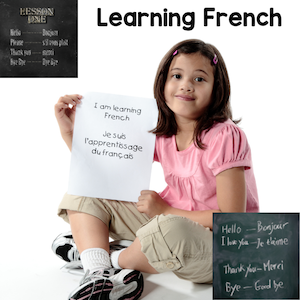
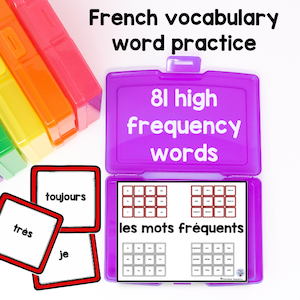
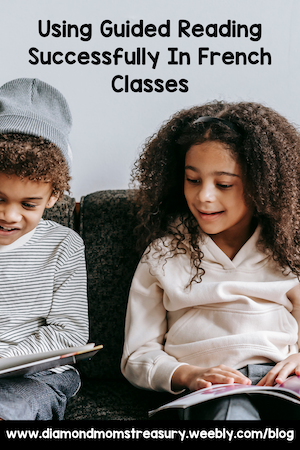

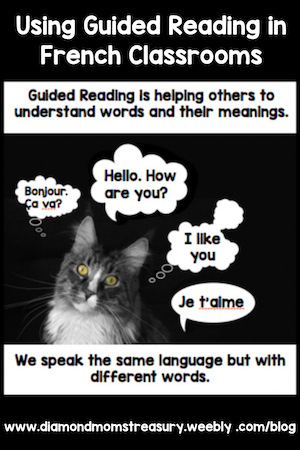
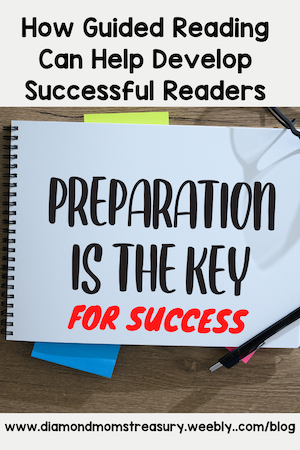



 RSS Feed
RSS Feed